Beef Processing Equipment Overview: The Key to Enhancing Production Efficiency
In the meat industry, the selection and utilization of beef processing equipment are crucial to production efficiency and product quality. As a popular meat type, beef processing involves multiple stages, including cutting, grinding, curing, and packaging. Each stage requires specialized equipment to ensure high efficiency and consistent product quality. This article will provide a detailed overview of various types of beef processing equipment, their functions, and their importance in the overall processing workflow, helping you understand how to enhance production efficiency.
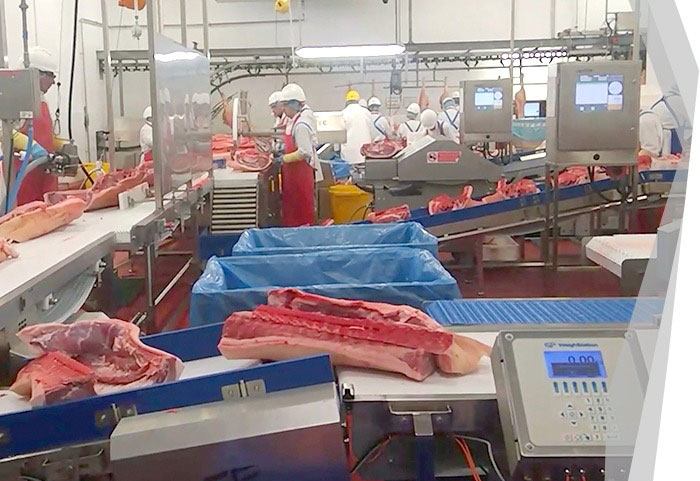
1. Overview of the Beef Processing Workflow
Before discussing the types of beef processing equipment, it’s essential to understand the basic workflow of beef processing. This workflow typically includes the following major stages:
Slaughter and Evisceration: Starting from the live cattle, the process involves slaughtering and then eviscerating to separate the meat from other parts.
Cutting and Deboning: Large cuts of meat are divided into suitable sizes for further processing.
Grinding: The cut pieces of meat are ground to create minced meat or other products.
Curing and Flavoring: The meat is cured and seasoned to enhance its flavor.
Packaging: The processed meat products are vacuum-sealed or packaged in other ways to extend shelf life.
Storage and Distribution: Finally, the packaged products are stored in appropriate conditions and prepared for distribution.
In this workflow, beef processing equipment plays an indispensable role, impacting the efficiency and quality of each stage.
2. Types of Beef Processing Equipment
Beef processing equipment comes in various types, suitable for different processing stages. Below, we will detail the types of equipment and their functions.
2.1 Cutting Equipment
Cutting equipment is vital in beef processing. Depending on the cutting method and desired product, cutting equipment can be categorized into several types:
A. Electric Cutters
Electric cutters are used to slice large cuts of beef into appropriate block or slice sizes, boasting high efficiency and uniform cuts. Features include:
Fast Cutting Speed: Capable of quickly cutting large volumes of meat, ideal for large-scale production.
Adjustable Cutting Thickness: Ability to adjust cutting thickness to meet various customer needs.
Electric cutters are particularly common in large processing plants, providing high operational efficiency and consistent cutting results, making them the preferred choice for many businesses.
B. Knife Cutters
Knife cutters are typically used for precision cutting, suitable for processing high-quality beef products. Their characteristics include:
Precision Cutting: Ensures uniform thickness of each beef slice, enhancing product quality.
High Flexibility: Suitable for various types of beef products, such as steaks and slices.
The flexibility of knife cutters makes them ideal for high-end restaurants and specialty meat shops, where customers demand personalized meat options.
2.2 Grinding Equipment
Grinding equipment is an indispensable part of the beef processing process, primarily used to mince cut pieces of meat. Common grinding equipment includes:
A. Electric Meat Grinders
Electric meat grinders are the most commonly used grinding equipment, featuring several advantages:
High Efficiency: Capable of quickly grinding large amounts of beef, suitable for commercial environments.
Versatility: Besides grinding meat, they can also be used to make sausages and meat patties.
Electric meat grinders play a crucial role in meat processing plants, helping businesses improve production efficiency and meet market demands.
B. Manual Meat Grinders
Manual meat grinders are suitable for small processing plants or home use, characterized by:
Compact Design: Space-saving design, easy to operate and store.
Cost-Effective: More affordable compared to electric grinders.
Manual meat grinders are popular among small meat processing plants and home users for their ease of use and economic value.
2.3 Curing and Flavoring Equipment
Curing and flavoring are essential stages in enhancing the taste of beef, with related equipment primarily including:
A. Tumblers
Tumblers mechanically mix meat with curing agents, ensuring even flavor distribution. Their features include:
Time-Saving: Faster and more efficient than manual curing.
Ensured Uniformity: Avoids uneven flavor distribution caused by manual operations.
The use of tumblers allows beef to fully absorb curing agents during the process, improving the flavor and quality of the final product.
B. Static Brine Tanks
Static brine tanks are used for curing large quantities of beef, equipped with temperature control features to ensure optimal curing results. By controlling temperature and humidity, static brine tanks can optimize the curing process, ensuring product quality and flavor.
2.4 Packaging Equipment
Packaging is the final stage in beef processing, directly impacting product freshness and sales. Common packaging equipment includes:
A. Vacuum Packaging Machines
Vacuum packaging machines remove air from the packaging to extend the shelf life of beef. Their features include:
Prevention of Oxidation: Effectively reduces bacterial growth, keeping meat tender.
Transportation Convenience: Minimizes volume, making storage and transport easier.
The application of vacuum packaging technology ensures that beef remains safe and reliable throughout the distribution process, enhancing consumer purchase experiences.
B. Automated Packaging Lines
For large processing plants, automated packaging lines can significantly improve production efficiency and reduce labor costs, suitable for high-volume production. Through automation, packaging speed increases, and consistency and safety of packaging also improve.
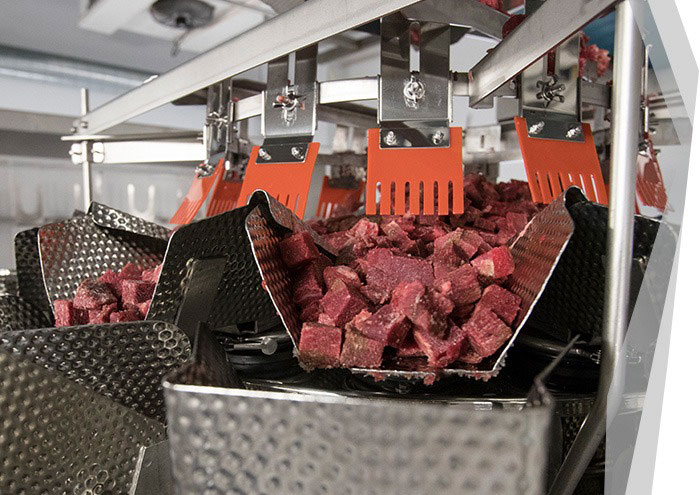
3. The Importance of Beef Processing Equipment in Production
Beef processing equipment plays a vital role throughout the entire processing workflow, impacting production efficiency, product quality, and economic benefits for businesses.
3.1 Enhancing Production Efficiency
Automated Equipment: Automated equipment reduces reliance on manual operations, decreasing error rates and improving overall production efficiency.
Fast Cutting and Grinding: High-efficiency cutting and grinding equipment can handle large amounts of meat in a short time, meeting market demands.
The introduction of automation allows each stage of beef processing to operate efficiently, thereby improving overall production capacity.
3.2 Ensuring Product Quality
Uniform Cutting and Grinding: Professional cutting and grinding equipment ensures consistency in meat quality, enhancing market competitiveness.
Maintaining Hygiene Standards: Properly designed equipment materials can effectively control the hygiene of the processing environment, reducing food safety risks.
Standardized and specialized design of beef processing equipment provides strong guarantees for product quality.
3.3 Reducing Operating Costs
Labor Cost Savings: Automated equipment reduces dependency on labor, lowering labor costs.
Minimizing Raw Material Waste: Efficient processing equipment maximizes raw material utilization, reducing waste.
By investing in and managing appropriate equipment, businesses can effectively lower production costs and improve profit margins.
4. How to Choose the Right Beef Processing Equipment?
When purchasing beef processing equipment, several factors need to be considered:
4.1 Equipment Capacity and Scale
Choose equipment based on the production scale and the daily volume of beef to be processed to ensure that the equipment capacity meets actual needs. Small businesses may opt for medium-sized equipment, while larger enterprises should consider large, high-capacity equipment.
4.2 Material and Durability
Equipment materials must be corrosion-resistant, easy to clean, and meet food safety standards. Stainless steel is often the best choice due to its excellent corrosion resistance and ease of cleaning.
4.3 Maintenance Ease
Select equipment that is easy to clean and maintain to ensure long-term efficient operation and avoid production disruptions due to equipment failures. Focus on whether the design of the equipment facilitates disassembly and cleaning.
4.4 Certification and Compliance
Ensure that the selected equipment meets local and international food safety standards, such as CE, USDA, etc., to guarantee safety and compliance. Compliant equipment effectively reduces legal risks for businesses.
4.5 Cost-Effectiveness
Within the budget, choose high-quality, cost-effective equipment to ensure a good return on investment over the long term. Consider the initial cost, maintenance costs, and expected lifespan of the equipment comprehensively.
5. Daily Maintenance of Beef Processing Equipment
To ensure the long-term use of beef processing equipment, daily maintenance is crucial. Here are some maintenance suggestions:
5.1 Regular Cleaning
Clean the equipment after each use to prevent contamination and ensure hygiene. Use appropriate cleaning agents and methods to keep the equipment in optimal condition.
5.2 Scheduled Inspections
Conduct regular inspections of equipment parts to identify wear and tear early. Replace any damaged parts promptly to avoid more significant issues.
5.3 Lubrication of Moving Parts
Properly lubricate moving parts to reduce friction and wear, ensuring smooth operation and extending the lifespan of the equipment.
5.4 Staff Training
Train staff on the correct usage and maintenance of equipment to maximize efficiency and prevent accidents. Knowledgeable staff can better handle equipment and troubleshoot minor issues.
5.5 Documentation and Records
Keep detailed maintenance records to track when and how maintenance was performed. This helps in planning future maintenance and ensuring compliance with safety standards.
Conclusion
In conclusion, beef processing equipment is essential for enhancing production efficiency, ensuring product quality, and reducing operational costs. Understanding the different types of equipment and their functions can help businesses make informed decisions in their processing operations. By selecting the right equipment and maintaining it properly, meat processing enterprises can thrive in a competitive market, delivering high-quality beef products to consumers.
Must-Read Blogs For Chain Restaurants Owner

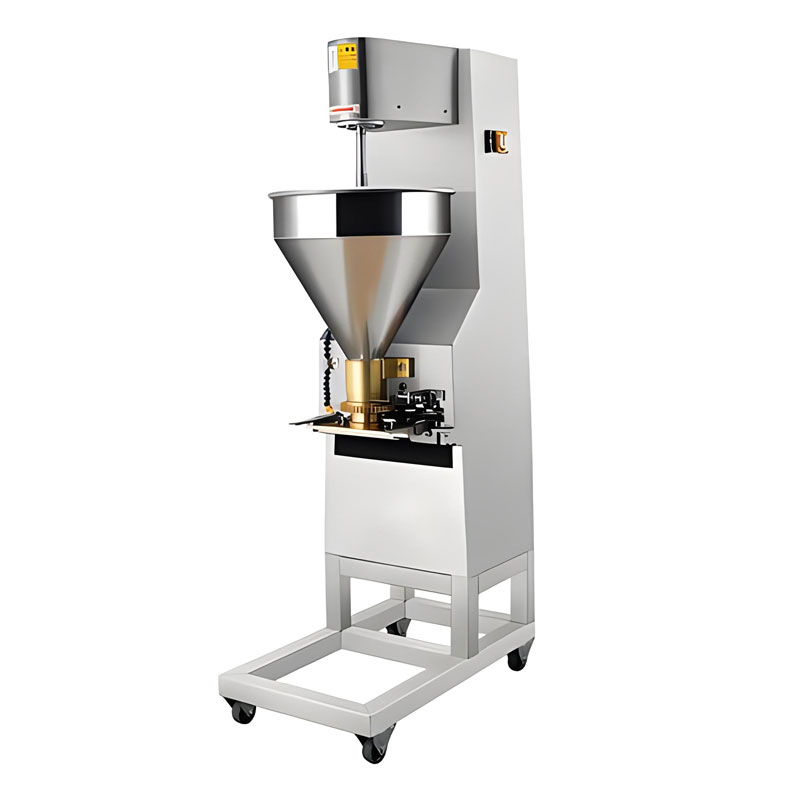
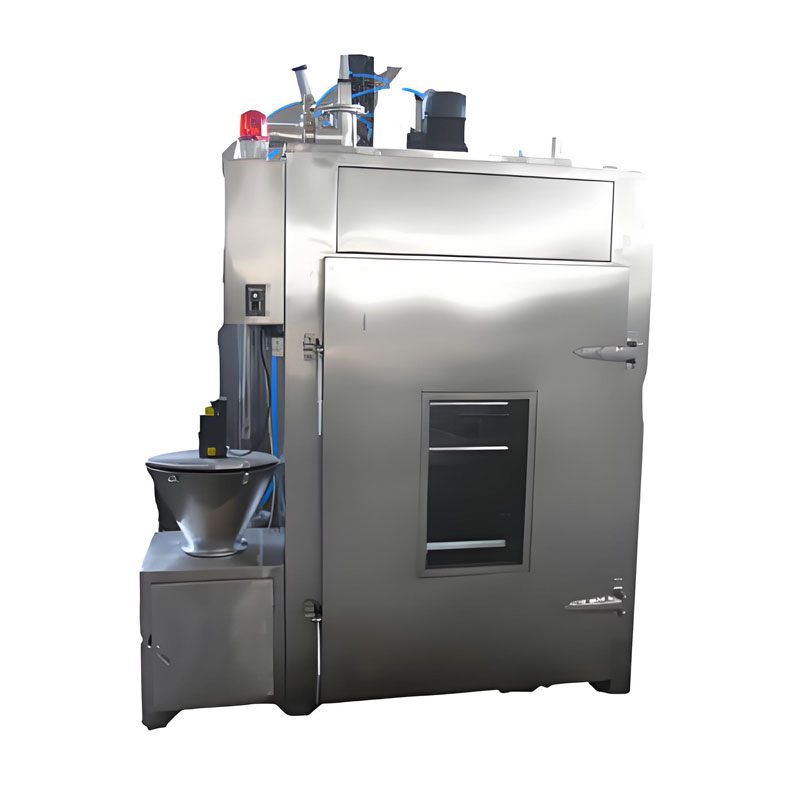
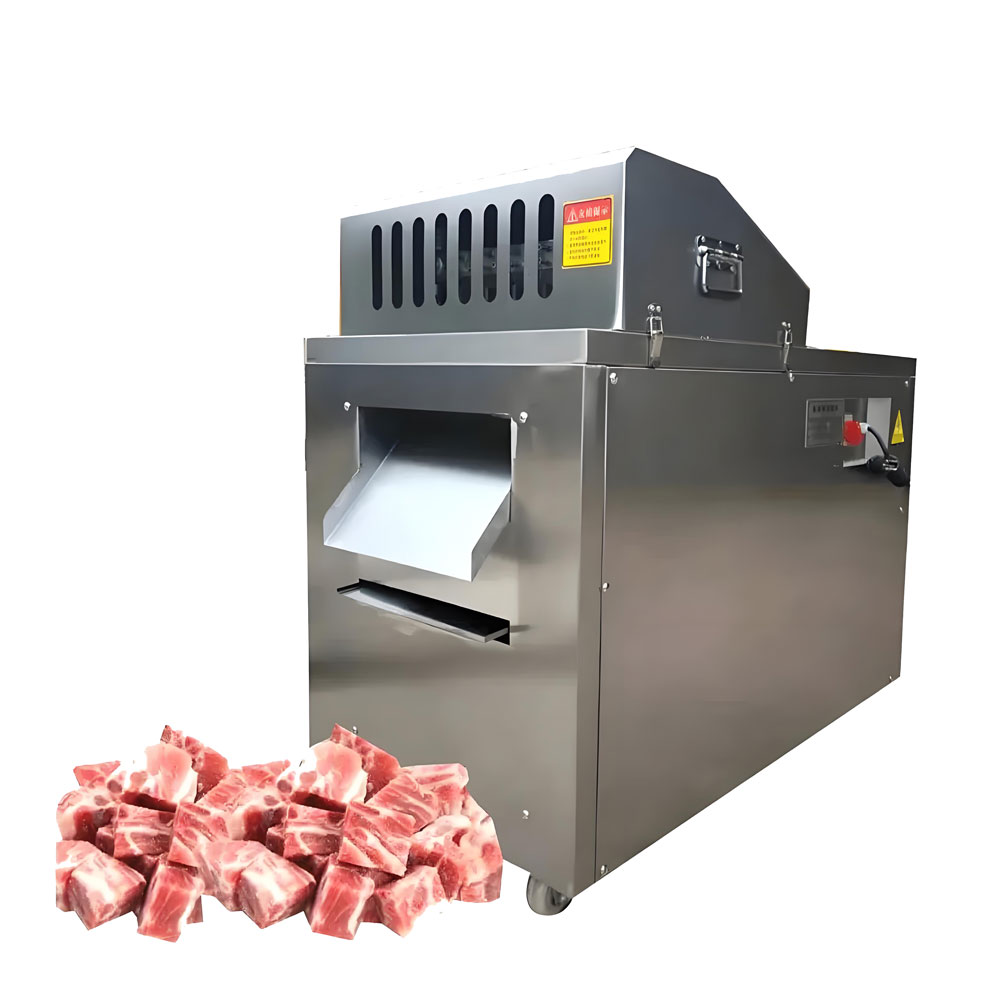
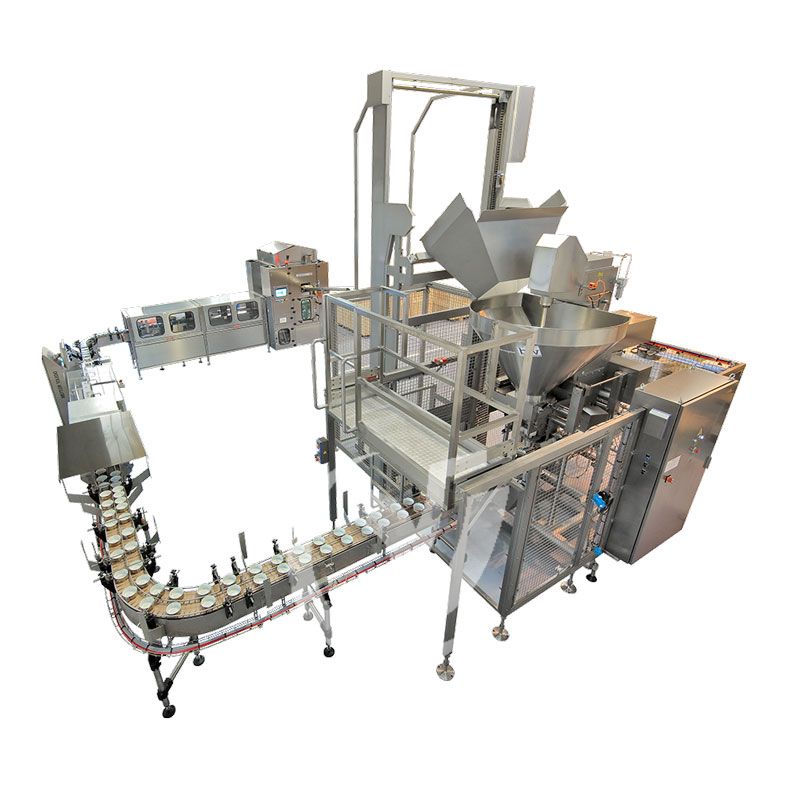

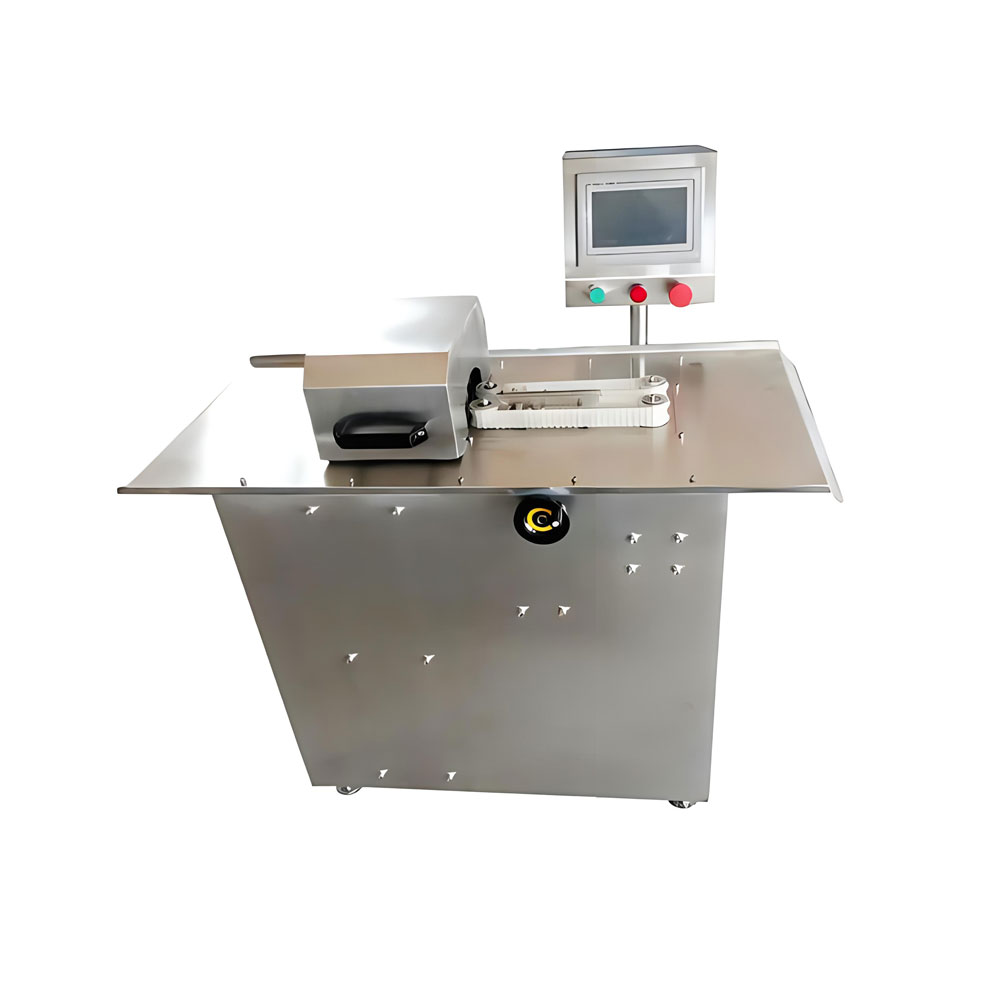
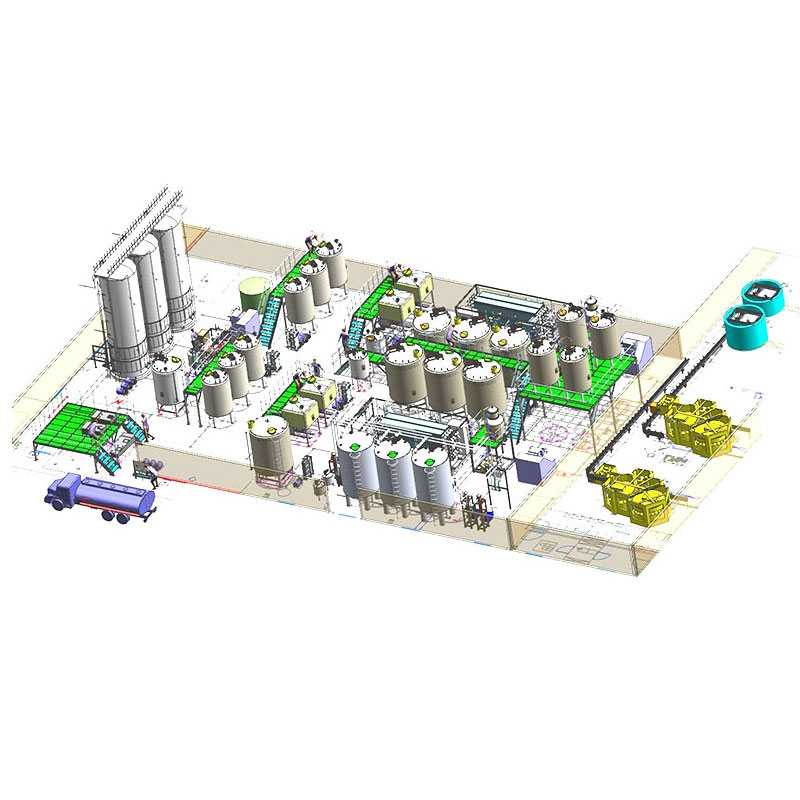
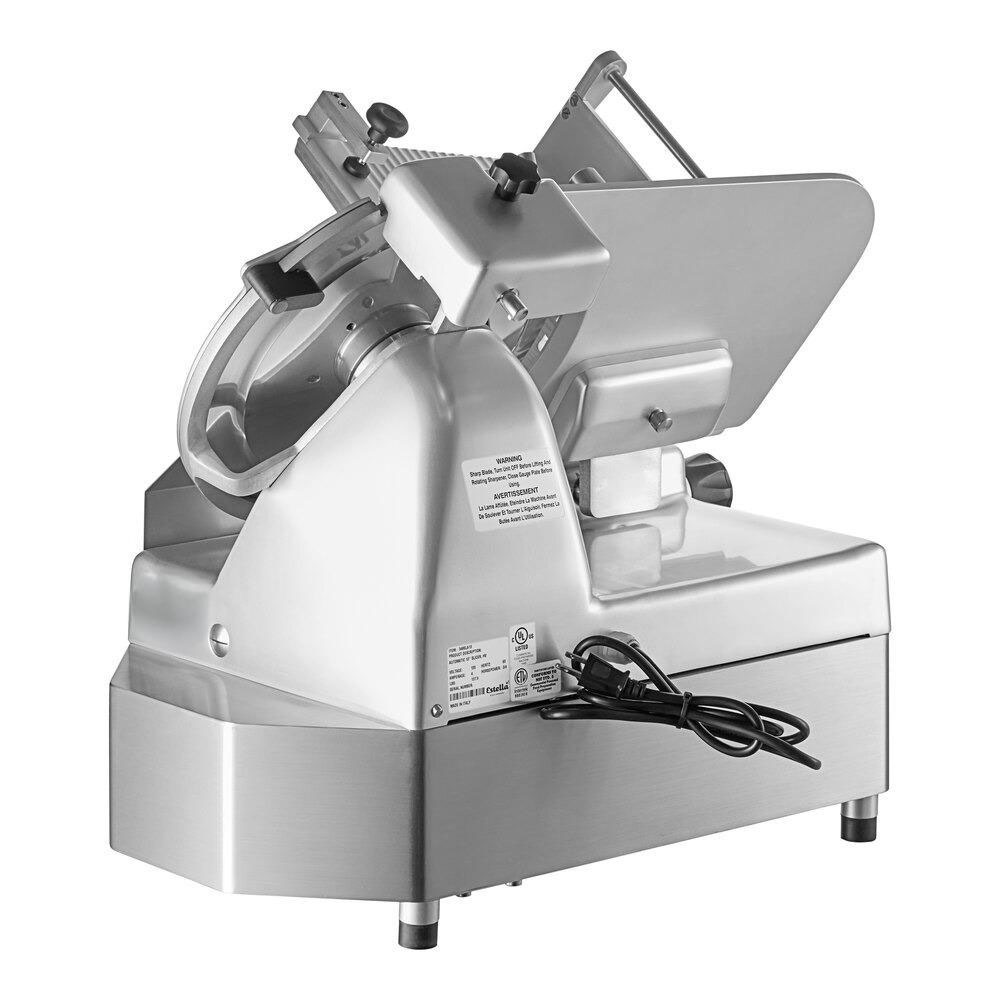
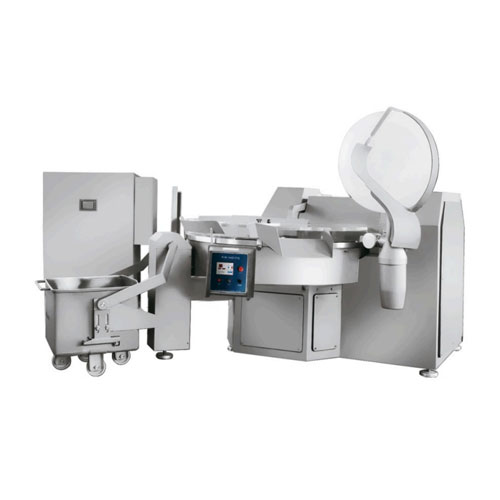
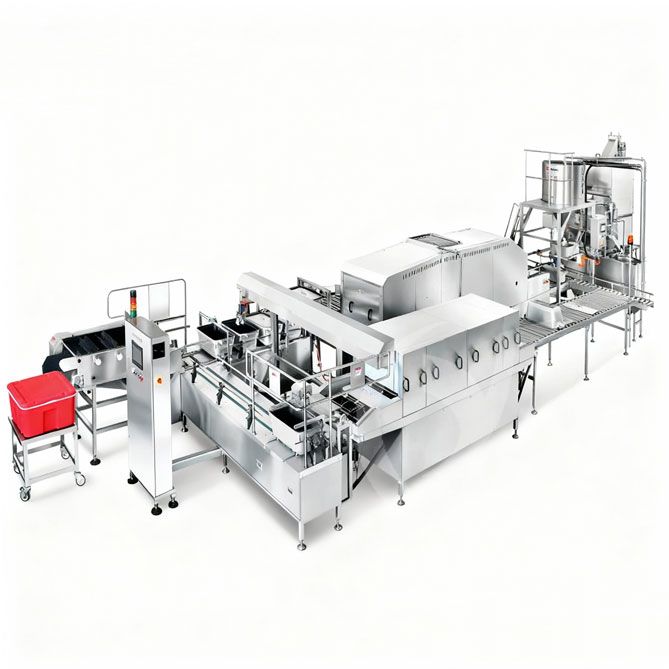
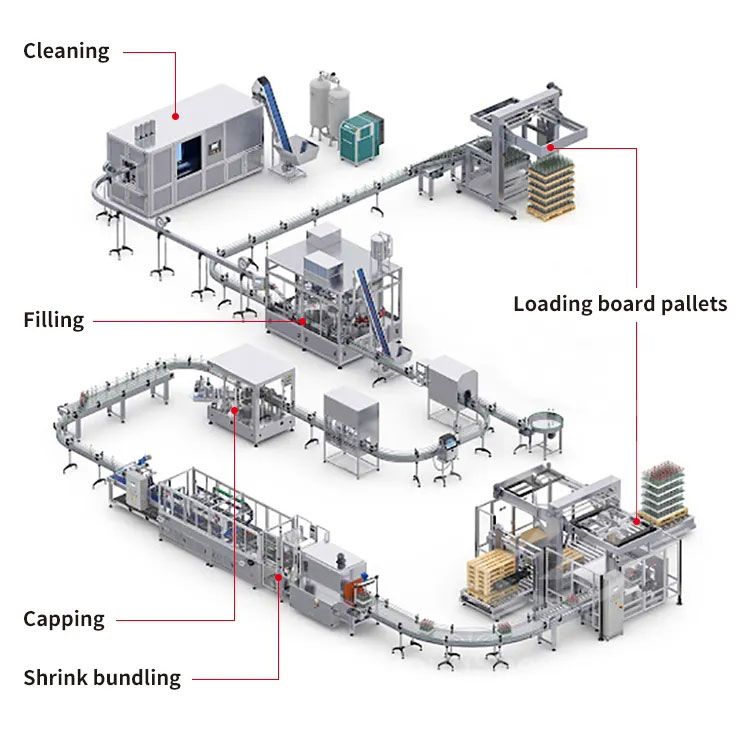 Aseptic Canning Production Line Equipment
Aseptic Canning Production Line Equipment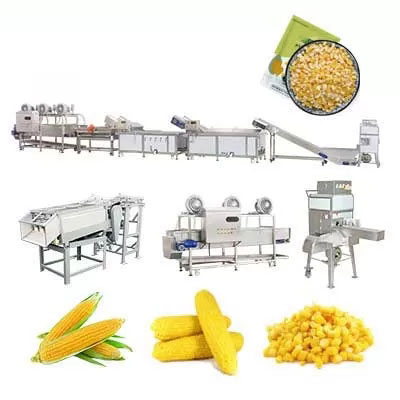 Sweet Corn Canning Production Line
Sweet Corn Canning Production Line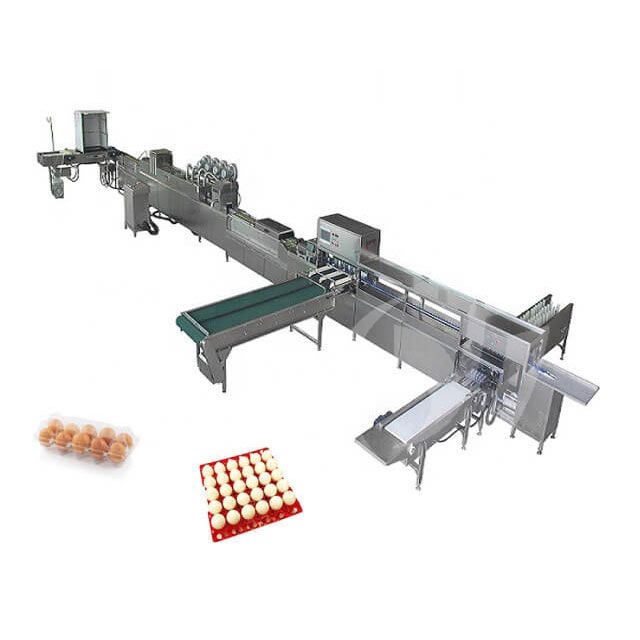 Egg Canning Production Line
Egg Canning Production Line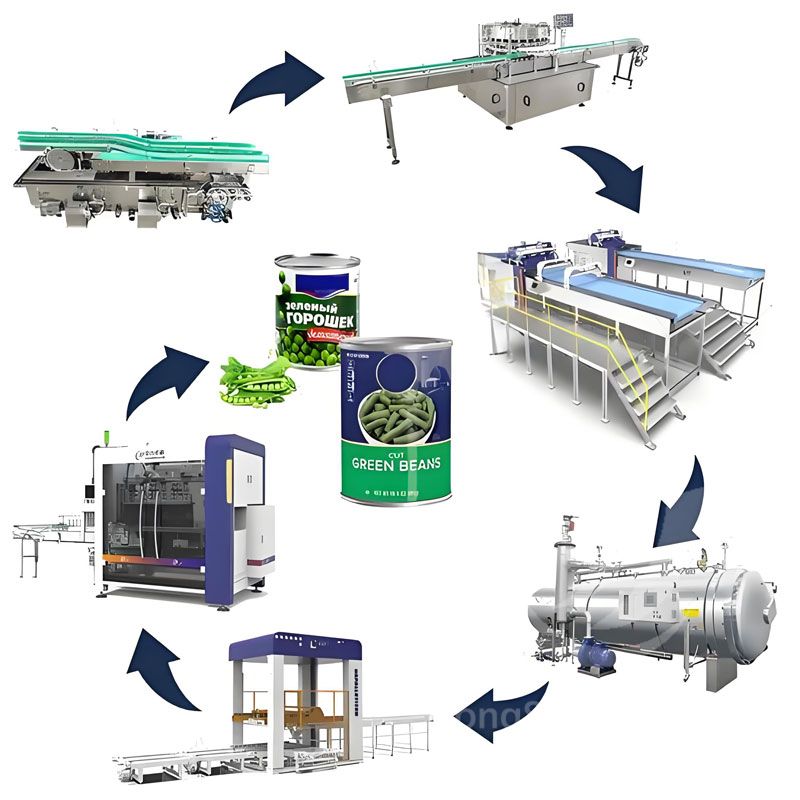 Green Bean Canned Food Production Line
Green Bean Canned Food Production Line
Ready to Get Started?